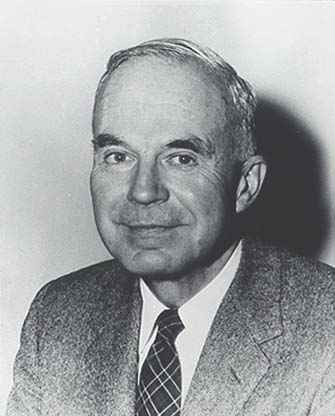Walker Kirtland Hancock (1901 - 1998) Works

Walker Kirtland Hancock (1901 – 1998)
Walker Kirtland Hancock, a sculptor of commemorative monuments and portrait statues, was born in St. Louis, Missouri in 1901. He studied at the School of Fine Arts at Washington University and the Pennsylvania Academy of the Fine Arts (PAFA) in Philadelphia, where he met his mentor, Charles Grafly. At PAFA, he received the Edmund Stewardson Prize in 1921 and the William Cresson Traveling Scholarship in 1922 and 1923, which allowed him to travel to Europe. In 1925, he was awarded the George D. Widener Memorial Gold Medal for his “Bust of Toivo” and began three years of study at the American Academy in Rome after received the Prix de Rome.
After his extensive years of study, Hancock became a teacher at PAFA from 1929 to 1968, although his employment was interrupted by World War II, when he played a major role as one of the “Monuments Men”, rescuing stolen artwork from the Nazis. In 1942, he won the national competition for the design of the Air Medal. He returned to the American Academy in Rome from 1956 to 1957 as a sculptor in residence.
Hancock received many commissions for major monuments, including the Pennsylvania Railroad War Memorial located at 30th Street Station in Philadelphia, honoring railroad employees who lost their lives in World War II, and the World War I Soldiers’ Memorial in St Louis, Missouri. Some of his most notable portrait statues include ones of General Douglas MacArthur for the U.S. Military Academy at West Point; John Paul Jones at Fairmount Park in Philadelphia; James Madison at the Library of Congress in Washington D.C.; and a bust of President George W. Bush at the Rotunda of the U.S. Capitol Building.
Hancock was awarded the National Medal of Arts in 1989 and the Medal of Freedom in 1990. The National Sculpture Society has an annual prize in his honor.
Photo Source: Smithsonian American Art Museum

